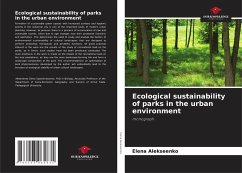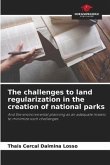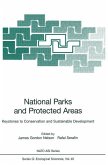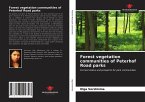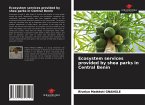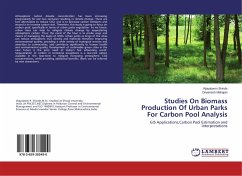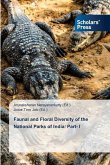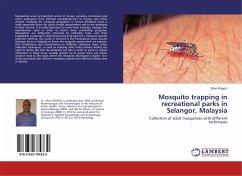Formation of sustainable green spaces with increased sanitary and hygienic activity in the industrial city is one of the important tasks of modern urban planning. However, at present, there is a process of accumulation of ripe and overstable stands, which due to age changes lose their protective functions and aesthetics. This determines the need to study and analyze the factors of environmental sustainability of cultural landscapes that are designed to perform protective, therapeutic and aesthetic functions. Of great practical interest in the work are the results of the study of recreational load on the parks, as in Omsk, such studies have not been previously conducted. The main emphasis in the work is made on the impact of the recreational load on the tree plantations, as they are the main landscape-forming link and form a landscape composition of the park. The recommendations on optimization of park phytocoenoses developed by the author will undoubtedly lead to the increase of ecological stability of urban cultural landscapes.
Bitte wählen Sie Ihr Anliegen aus.
Rechnungen
Retourenschein anfordern
Bestellstatus
Storno

